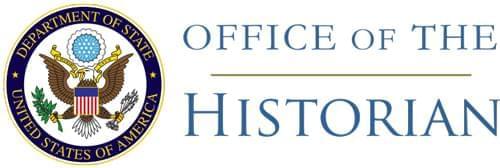033.9111/11–1254: Telegram
The Ambassador in India (Allen) to the Department of State
630. Limited distribution. Department’s 550, November 8.1 I have given considerable thought to suggestion in reference telegram and discussed it with key members of my staff. Our conclusion is that despite certain adverse factors, invitation by President for Nehru to visit him personally with minimum formality would be highly advantageous.
Adverse considerations are that invitation might be construed as undue wooing of Nehru, particularly if during period between now and time invitation is extended, he continues to show strong disagreement with certain of our politices and aims in Asia and equally strong sympathy, at least in public statements, for Red China. It seems unlikely that Nehru will change or even seriously modify his public opposition to such US policies as SEATO2 or military aid to Pakistan and visit might therefore not be very productive. Morover, his only previous visit to US, in 1949, may have left him less favorably disposed towards US than previously.
On the other hand, Nehru dominates opinion in India more fully than probably any other chief of government in any country does today. Through his influence on other countries, he may control balance of power between free world and Soviet bloc. Even though there is no assurance that his opposition to some of our policies can be mitigated, we should at least make every feasible effort to do so. He is inclined toward personal negotiations, and we should take advantage of this fact, utilizing tremendous asset we have in personality of President.
Visit would have to be most carefully handled. While Nehru officially disclaims desire for public fanfare, he in fact enjoys mass demonstrations tremendously if they are friendly disposed. Ostentatious display of power and wealth are anathema to him. One inadvertent [Page 1779] remark made at a public meeting while he was in New York in 1949 did much to spoil entire effect of visit. He is instinctively opposed, both by birth and political orientation, to private businessmen whom he considers by and large to be tradesmen, money lenders and exploiters. Like his Brahmin forebearers, he considers accumulation of large personal wealth to be crude and even wicked. A spokesman in New York who drew his attention to fact that persons in audience were worth more than billion dollars could not possibly have made worse remark.
My support of Department’s suggestion is based on confidence that private visit to President Eisenhower would be far different from previous experience.
By coincidence, Durga Das, assistant editor of Hindustan Times and often used as mouthpiece for GOI, called on me today to let me know that he had just received confidential advice from friend of his in Washington stating that he understood President Eisenhower was considering inviting Nehru to come for quiet personal talks. I pretended much surprise and asked what he thought of idea. He said he thought it was best thing that could happen. He said US had always sponsored concept that at least one Asian power should be included among big five powers. Since China was no longer acceptable to us, India was obvious replacement for time being. He thought consultation between President and Nehru prior to any possible big four meeting would show that US desired to consider India views and might well turn tide in India-American relations. He emphasized that visit should be personal, with minimum of protocol. He suggested timing might be March or April, following meeting of Commonwealth Prime Ministers and Afro-Asian conference in February. He hoped announcement could be made earlier—perhaps about time of Commonwealth conference, but certainly on or before any announcement of any big four meeting.
- Not printed; the Department informed the Embassy that the Department was considering a recommendation to the President that he invite Prime Minister Nehru to the United States in 1955. Before making this recommendation, however, the Department wanted the Embassy’s views (033.9111/11–854).↩
- For documentation regarding the creation of the Southeast Asia Treaty Organization, see volume xii.↩
